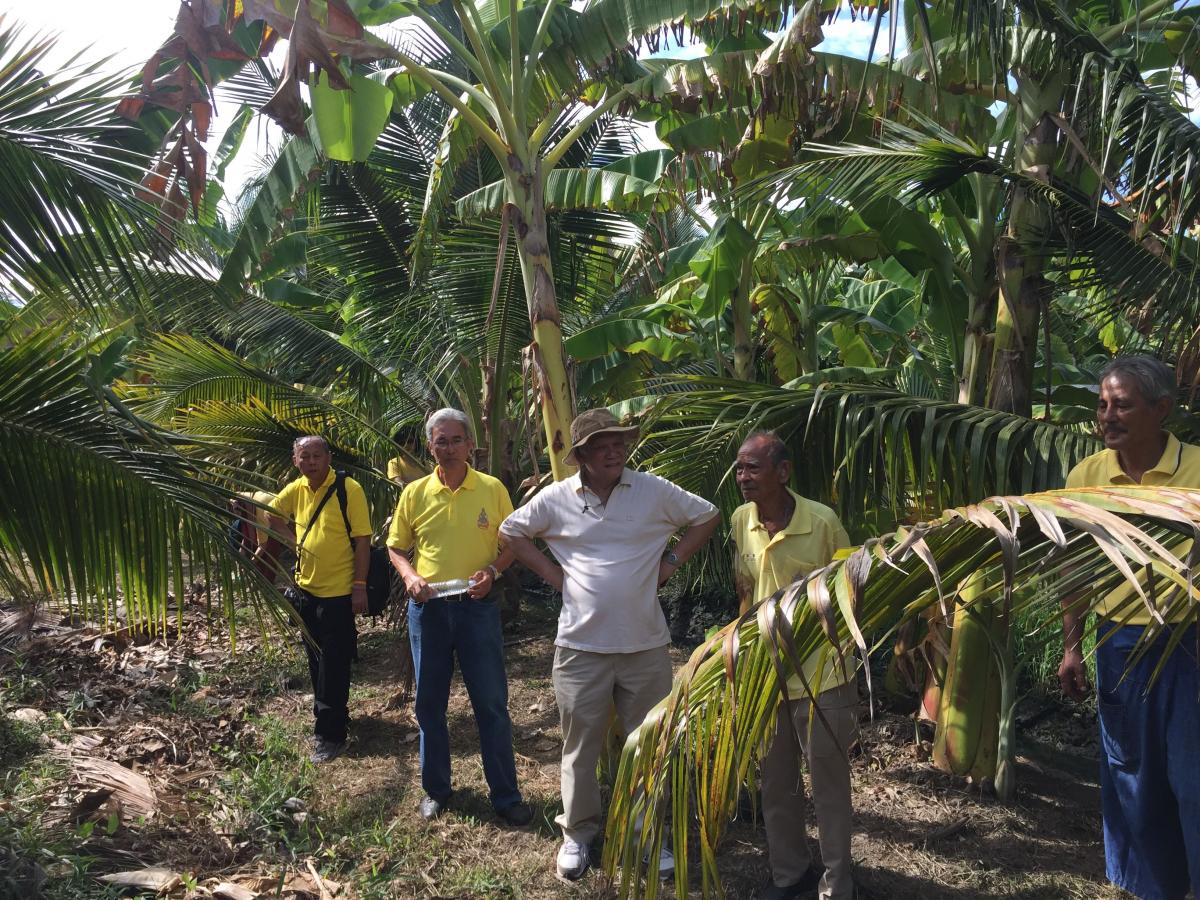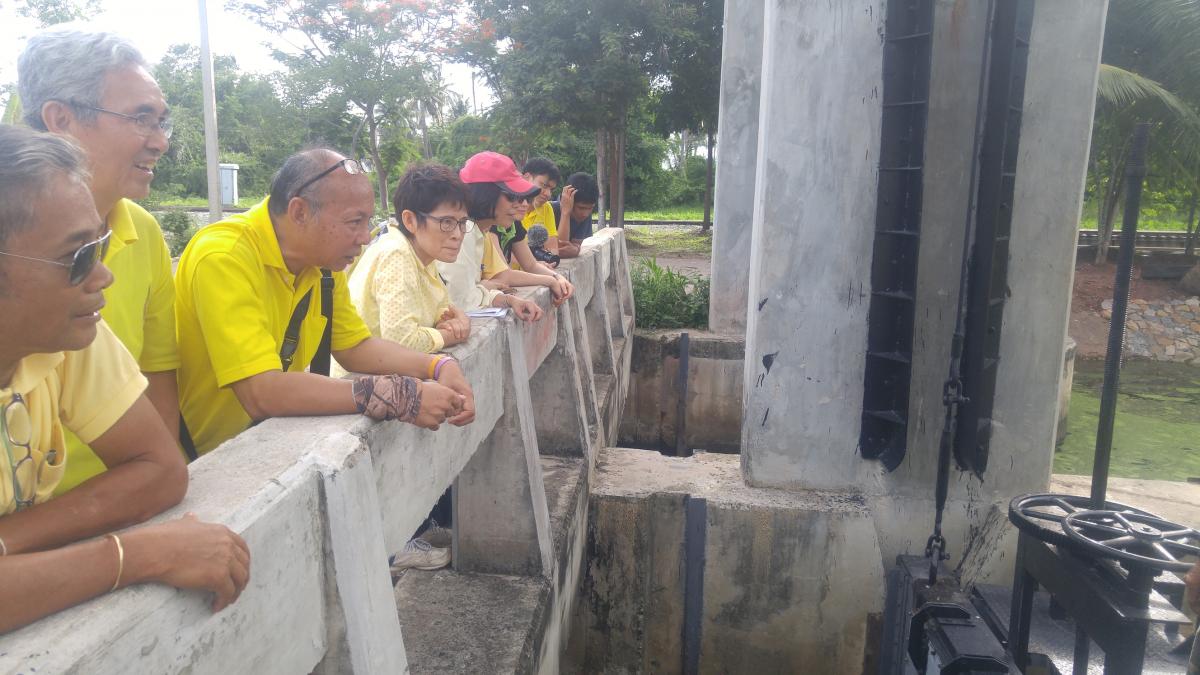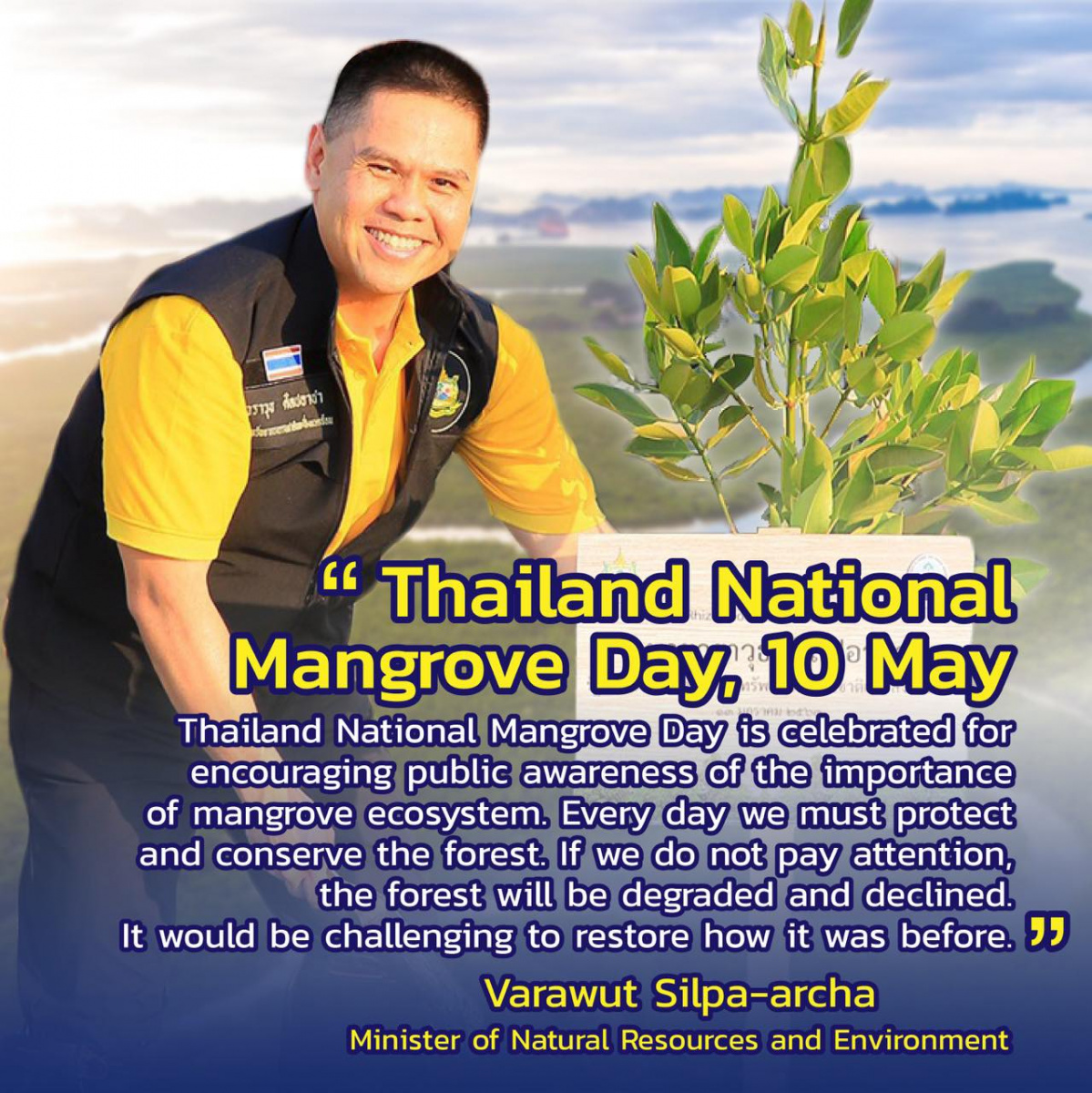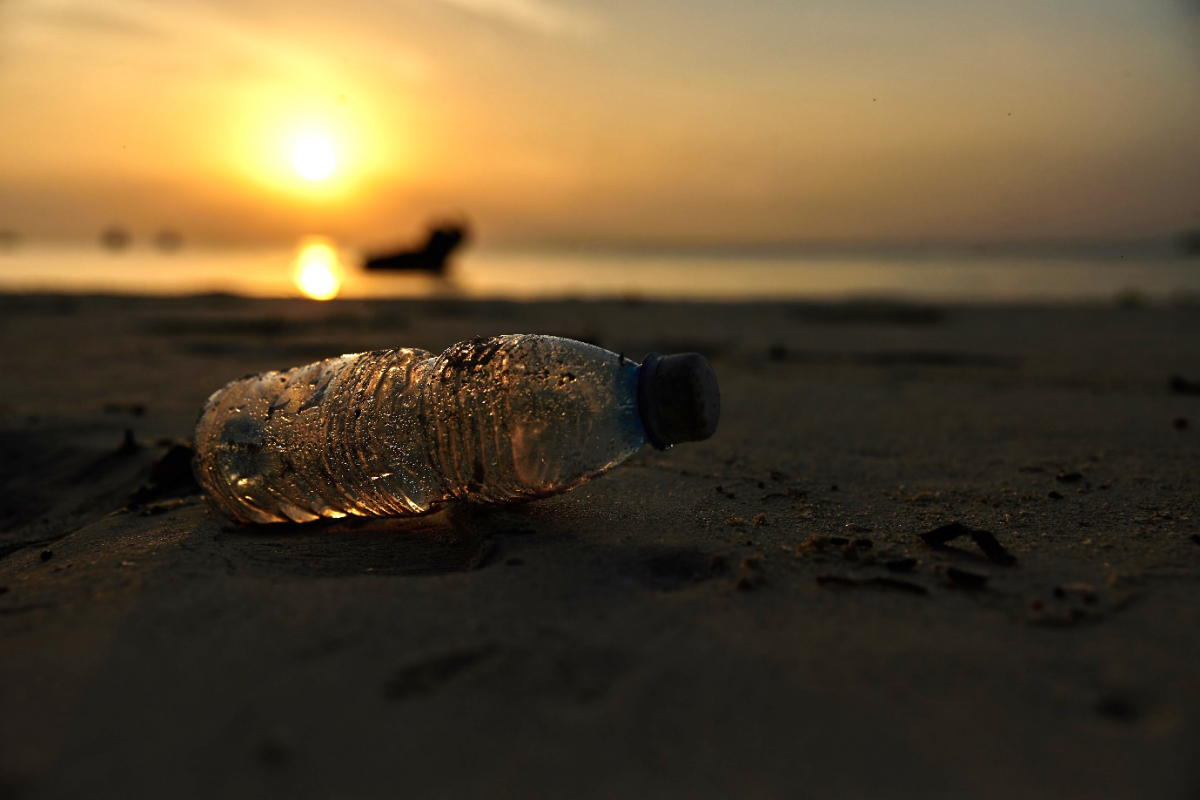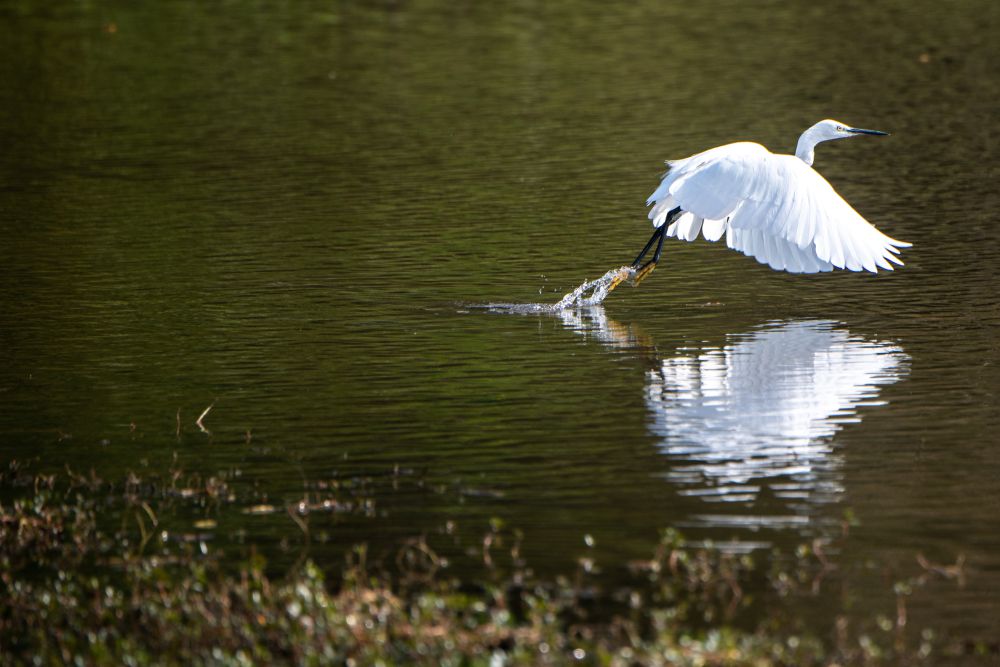Thai communities share lessons about agricultural and water management practices
Keeping the balance between development and conservation can be a challenge in highly urbanised areas such as Bangkok and nearby provinces. In June, IUCN organised a study visit for community members from Bang Kachao, an area just South of Bangkok, Thailand, to build their capacity on agricultural and water management practices and inspire them to restore traditional practices and products so as to generate additional income.
Known as “the Green Lung of Bangkok”, Bang Kachao is a 2,000-hectare riverine peninsula featuring wetlands and forest areas surrounded by the Chao Phraya River. Since 2013, IUCN has been supporting local communities in their efforts to conserve and enrich this unique ecosystem. Bang Kachao faces several threats from development, including the conversion of agricultural and forested land for infrastructure development. By strengthening socio-economic conditions and building the capacity of local residents to manage and conserve their natural resources, IUCN aims to sustain the basic nexus of social, economic and environmental benefits in order to secure local communities' livelihoods, well-being and culture.
In Samut Songkhram, situated in the Mae Khlong River Estuary around 80 km from Bangkok, local communities have traditionally managed their waterways. Similar to Bang Kachao, infrastructure development such as the construction of water gates and buildings has led to water management issues.
During the study visit, Bang Kachao representatives learned how local communities in Samut Songkhram deal with these issues by observing some practical and effective water drainage practices. The representatives also visited freshwater, brackish water and salt water areas in Samut Songkhram to understand how farmers manage their orchards for fruit production. In Bang Kachao, sea level rise as well as drought have led to high salinity in the soil and water gates hinder natural drainage from tidal water flows.
To understand how to address these issues, the Bang Kachao visitors observed and discussed several possible solutions. One suggestion raised was to increase understanding of the natural water tidal conditions in order to more effectively utilise the nutrients before discharging the water from the inner land to the sea. In addition, the participants plan to organise a community participatory meeting in Bang Kachao to discuss concrete solutions and plans to alleviate the impact of water retention and salinity in the long term.
The participants also learned about high-value products produced by the community as a way to generate income from the conservation and good management of agroforestry and fruit orchard areas. In Samut Songkhram province, local people traditionally produce "Namtan Maprao" (coconut sugar) as a source of income. In Bang Kachao, production of coconut sugar had ceased due to the commodity fetching a relatively low price and a decrease in coconut plantation areas. With proper production and marketing processes, products like these could be reintroduced in Bang Kachao.
“This sugar is of high quality and is easy to digest. Recently there has been high demand for this product in the national and international market. This is because this sugar has a low Glycemic Index (GI) and thus is a healthy alternative to conventional sugar. The way the sugar is processed also generates job opportunities for local people. First the juice needs to be collected from the shoot, then it needs to be boiled, and lastly it will be packaged into sugar,” said Mr. Preecha Ongsakul, a local coconut sugar producer from Samut Songkhram.
At the end of the study visit, community members from Bang Kachao discussed ways to restore traditional practices and products as a source of income, and ultimately to preserve the important wetlands and forest ecosystem in which they live.
